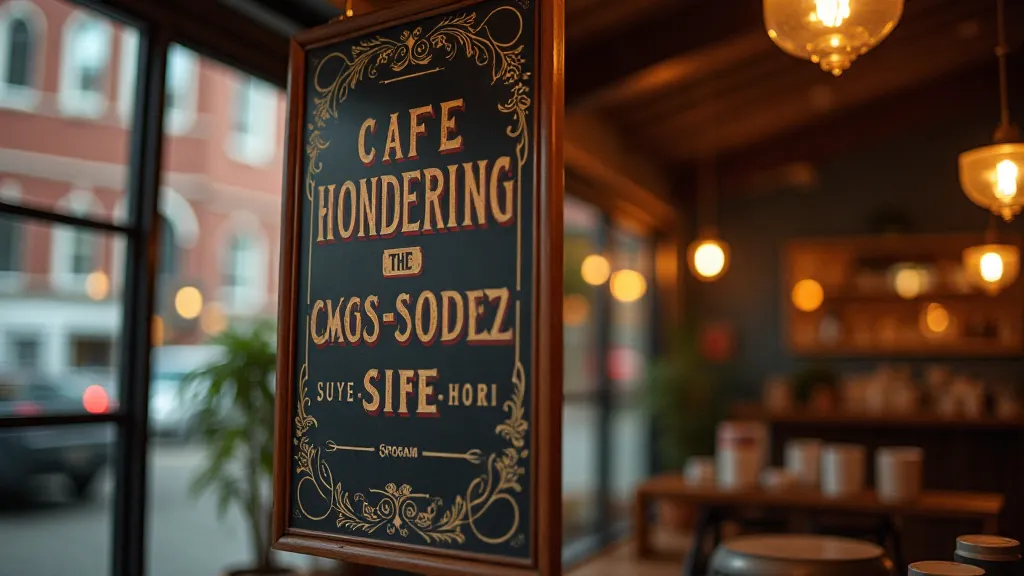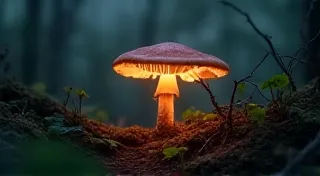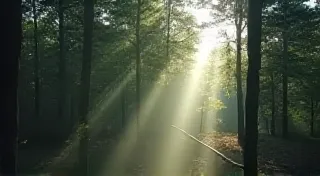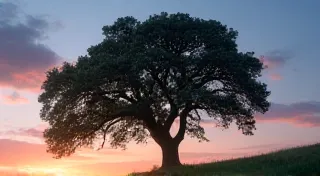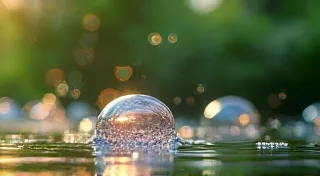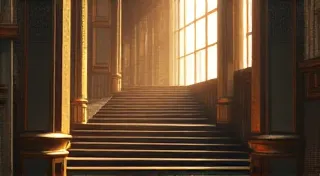The Alchemist’s Dust: Transforming Ordinary Chalk into Extraordinary Effects
There's a certain magic that clings to antique accordions. The worn bellows, the ivory keys yellowed with age, the faint scent of wood and dust—it’s a portal to another era, a time when artistry and craftsmanship were valued above all else. My grandfather, a taciturn man of few words, possessed one such accordion. I’d spend hours in his workshop, mesmerized as he’s coaxed melodies from it, a bittersweet soundtrack to his quiet existence. He rarely spoke about its history, but the instrument seemed to whisper stories of travel, laughter, and perhaps, a little heartbreak. It was a lesson in understated beauty, a reminder that the most compelling narratives often reside in the details.
That same feeling – the sense of potential hidden within something seemingly simple – is what draws me to chalkboard art. It's easy to dismiss chalk as just that: a dusty tool for classrooms and sidewalks. But in the hands of an artist, it becomes so much more. It becomes a medium for transformation, akin to an alchemist's process. We’re not transmuting lead into gold, of course, but we are unlocking a spectrum of possibilities hidden within that humble stick of calcium carbonate.
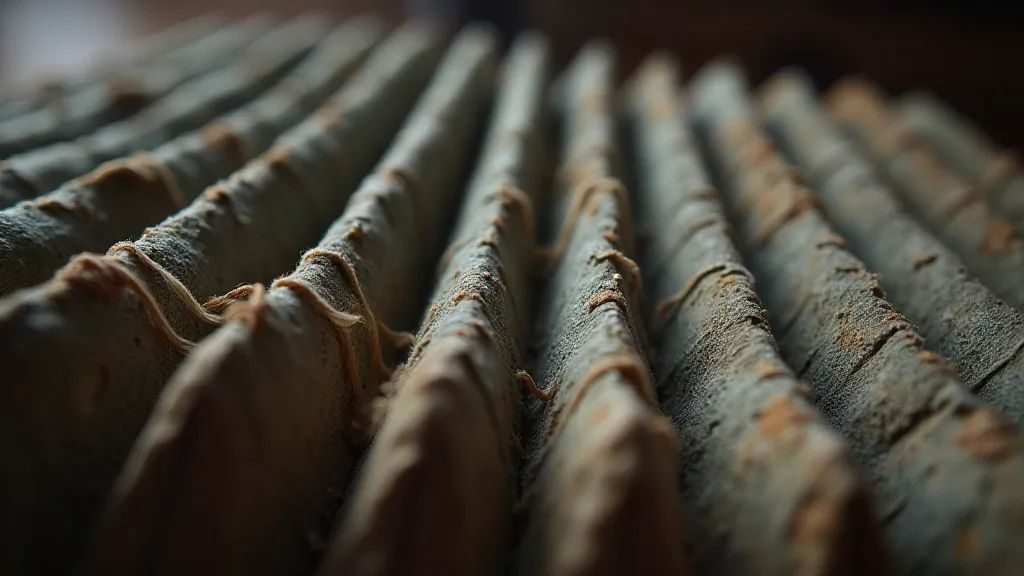
Beyond Basic White: Manipulating Chalk's Potential
Most people start with a box of basic chalk colors – black, white, a few primaries. That’s perfectly acceptable! But true chalkboard artistry begins when you start to understand how to manipulate the material itself. The first step is mastering blending. Simple, isn’t it? But truly seamless blending requires an understanding of pressure, layering, and the absorbency of the chalkboard surface. Use a soft cloth – not a paper towel – to gently buff and feather the colors. Don’t rush the process; patience is key. Imagine a master luthier carefully smoothing a violin's varnish – the same principle applies. The subtle changes in tone and texture are what elevate the piece from amateurish to captivating.
The Art of Chalk Lettering: A Foundation in Craft
Chalk lettering, in particular, demands precision and control. It’s more than just writing; it’s sculpting with dust. The best chalkboard lettering tutorials don’t just teach you the basic strokes; they emphasize the underlying principles of typography and letterform construction. Consider the negative space – the empty areas surrounding the letters. These are just as important as the letters themselves in creating a visually balanced and readable design. Think about the way a skilled sign painter carefully measures and proportions lettering on a shopfront – it's a combination of artistry and mathematical precision.
A crucial element often overlooked is the chalkboard itself. Not all chalkboards are created equal. The surface texture – is it rough or smooth? The porosity – how readily does it absorb chalk? These factors significantly impact the final result. Experiment with different chalkboards to find one that suits your artistic style.
Creating Custom Chalk Pigments: A Touch of Alchemy
Here’s where the true alchemy begins. Want richer colors? More unusual hues? You can, with a little experimentation, create your own custom chalk pigments. This isn’t about complicated chemistry; it’s about simple mixing and blending. Start with a base of white chalk. Then, slowly add powdered pigments – artist’s pigments, natural clays, even finely ground spices (careful with those – they can be messy!). The key is gradual addition and thorough mixing. Think of a colorist painstakingly blending paints to achieve a specific shade for a film – the same dedication applies here.
Consider using natural pigments like ochre for earthy tones, or charcoal for deep blacks. You can even add a touch of glycerin to the mixture to create a more pliable and durable pigment that adheres better to the chalkboard surface. This method allows you to expand your palette far beyond the standard box of chalk, unlocking a world of subtle and nuanced colors.
The Restoration Connection: Respecting the Past
The principles of chalkboard art share a surprising connection to the restoration of antique instruments, like my grandfather’s accordion. Both disciplines require a deep respect for the materials and a commitment to preserving their inherent beauty. A skilled restorer doesn’t attempt to erase the history of an object; they carefully clean and repair it, allowing its story to continue to be told. Similarly, in chalkboard art, we’re not trying to create a perfectly flawless surface; we’re embracing the texture and character of the medium. The slight smudges, the subtle variations in tone – these are all part of the charm.
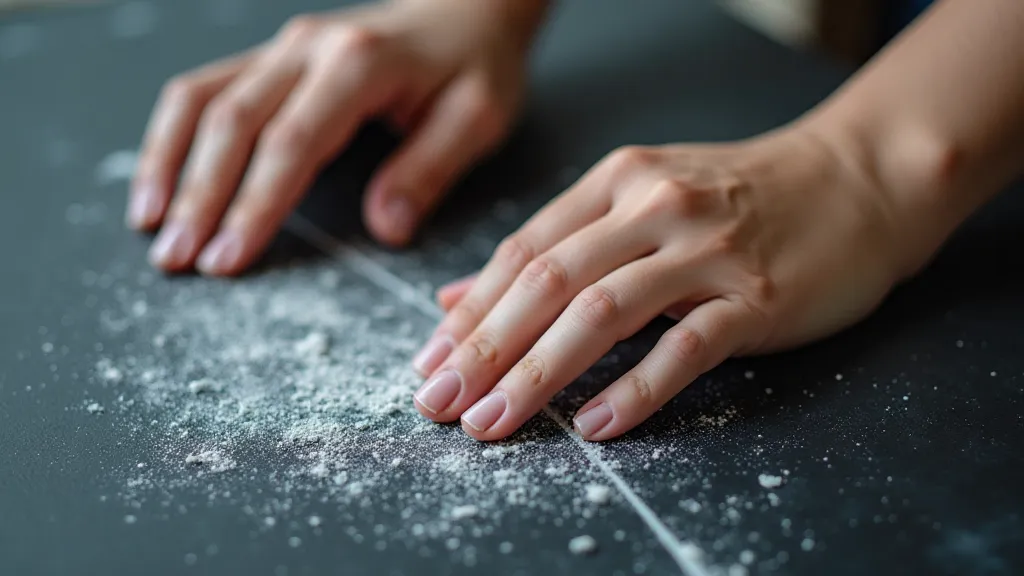
Embracing Imperfection: The Beauty of Chalkboard Art
There's a freedom in working with chalk that’s rare in other art forms. Mistakes can be easily erased, and new possibilities constantly emerge. This forgiving nature encourages experimentation and allows for a playful approach to creativity. Just as a seasoned accordion player can find beauty in the slight imperfections of an antique instrument's sound, we can find beauty in the slight smudges and imperfections of a chalkboard design.
The best chalkboard artists don't strive for perfection; they strive for authenticity. They embrace the unique character of the medium and allow their personality to shine through. They understand that chalkboard art is not just about creating a beautiful image; it’s about sharing a moment of joy, inspiration, or connection with the viewer.
Beyond the Surface: A Timeless Medium
Chalkboard art is more than just a trend; it's a timeless medium that connects us to the past. From its roots in Victorian-era schoolhouses to its resurgence in modern cafes and restaurants, it has always been a powerful tool for communication and self-expression. And just like my grandfather's accordion, a well-crafted chalkboard design has the power to evoke memories, tell stories, and inspire a sense of wonder. By understanding the techniques and embracing the imperfections, you can transform ordinary chalk into extraordinary effects, and unlock your own artistic potential. The possibilities, like the notes in an endless melody, are limitless.
